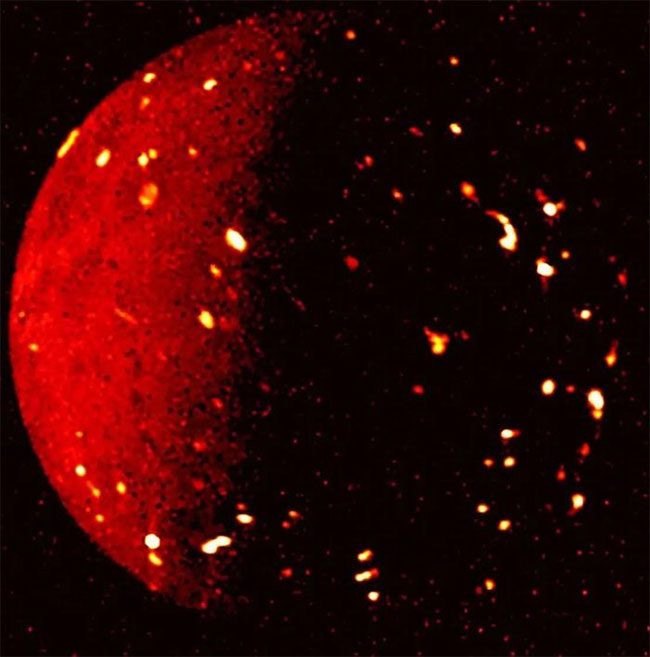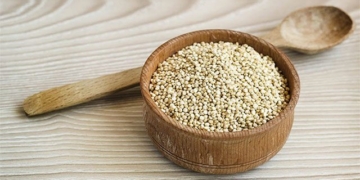Io is one of the hottest celestial bodies in the Solar System, featuring hundreds of volcanoes and significant electromagnetic activity. It has high temperatures and is rich in metals and chemicals such as sulfur and silica. However, some studies suggest that extraterrestrial microorganisms may exist here.
The volcanic moon Io orbits Jupiter. For a long time, scientists dismissed the possibility of extraterrestrial life on Io due to its immense heat and lava-covered surface, which is deemed unsuitable for life.

Jupiter’s moon Io is similar in size to Earth’s Moon. (Photo: NASA).
However, recent scientific evidence has prompted researchers to reconsider their views. They believe that life may exist beneath the surface of Io. Organisms may be thriving within lava tubes, pushing magma to the surface of this satellite.
According to BGR, the assertion that Io may harbor life is an intriguing perspective. Recently, NASA’s Juno spacecraft, which is dedicated to exploring Jupiter and its moons, sent back images of Io. These images provide scientists with new insights into the surface of this satellite.
Most of us know that Io is an ancient moon, discovered during the Galileo spacecraft’s exploration of Jupiter’s moon system two decades ago. With more than 400 active volcanoes, Io is one of the hottest celestial bodies and the most geologically active body in the Solar System.
This moon is comparable in size to Earth’s Moon but is filled with volcanoes, lava, boiling lava lakes, and sharp cliffs emitting thick smoke. Another significant difference of Io is the potential for extraterrestrial life, which piques scientists’ interest in studying Jupiter’s moon further.

Lava vents are scattered across the surface of Io. (Photo: NASA).
Scientists believe that microbial life could thrive within lava tubes, actively pushing magma from the planet’s core to the surface of Io. Earth also has similar ecosystems that develop within lava caves. Therefore, scientists argue that it is quite possible that extraterrestrial life is emerging in these lava tubes.
According to Big Think, a simulation experiment has shown that the heat on this moon helps maintain a layer of magma beneath the planet’s surface. However, some volcanic eruptions on this moon are so large that they have expelled lava hundreds of kilometers into space. The caves that these lava flows traverse are where life on Io may exist.
Nonetheless, the lack of water remains a significant issue on Io. In compensation, most of Io’s surface is covered with sulfur and sulfur dioxide ice. Thus, scientists believe that sulfur could serve as a substitute for water, nourishing the ecosystem of microorganisms in this environment.
According to BGR, Io may not be the ideal place for extraterrestrial life as we once thought, but it cannot be denied that life exists beyond Earth. This discovery will aid scientists in their search for extraterrestrial life in the universe.




















































